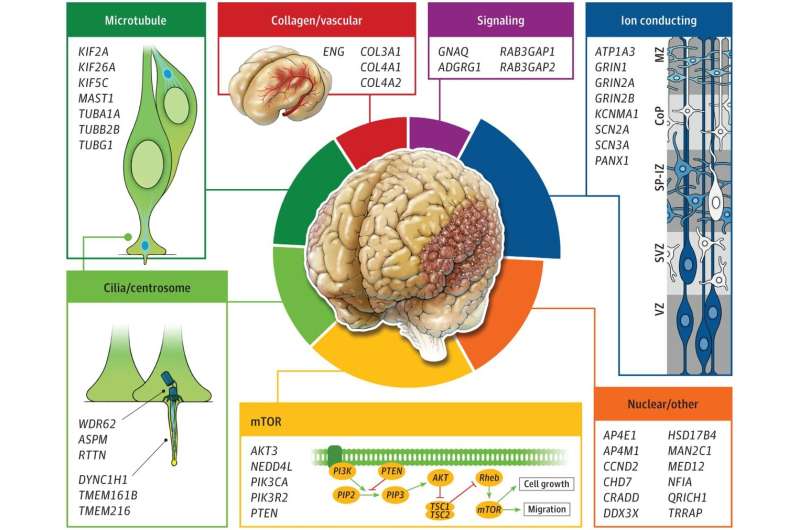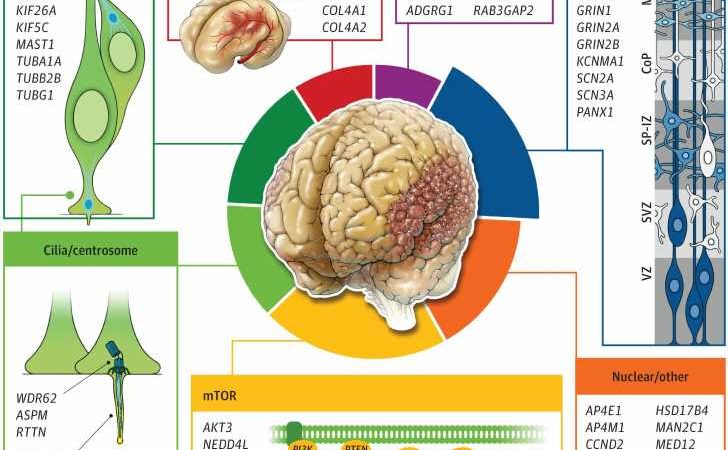
More cases of children born with abnormal brain development may have genetic explanations than previously thought, according to a recent study published in JAMA Neurology.
Polymicrogyria, a condition characterized by the abnormal development of too many small folds in the brain before birth, can cause seizures, delayed development, muscle weakness or paralysis and a host of other complications, according to the National Institutes of Health.
While many factors can lead to polymicrogyria, known genetic causes of the condition only explain a small number of cases, said Richard Smith, Ph.D., assistant professor of Pharmacology and a co-author of the study.
“Traditionally, understanding the basis of brain malformation diseases has been challenging, as the gestational window is a ‘Black Box’ and the misfolded brain is not diagnosed until symptoms appear later,” Smith said.
In the study, investigators sought to identify the genetic causes of the condition by sequencing DNA samples provided by more than 200 people living with polymicrogyria and their families who did not have a prior genetic explanation for their diagnosis.
In 90 of those families, or more than 30% of study participants, genetic variants were identified which explained polymicrogyria. The sequencing also identified novel variants in six genes which had not been previously linked to brain malformation: PANX1, QRICH1, SCN2A, TMEM161B, KIF26A and MAN2C1.
The findings suggest more cases of polymicrogyria may be caused by genetic variants than previously thought, Smith said, which could provide explanations to the families of children with polymicrogyria.
“If a child presents in clinic with a brain malformation, there is good reason that doctors should perform sequencing to potentially identify the genetic cause,” Smith said. “This study is really good news for malformation patients because now we know additional genes and alleles linked to this disease. If a child presents with a malformation and its origin is unexplained, now sequencing results provide more clarity.”
Many of the genetic variants identified had profound effects on the function of ion channels in the brain, a focus of the Smith laboratory.
“While these sequencing results are critical for improving outcomes in children with malformations, we still have a great deal of work ahead of us to leverage these genetic clues to teach us about human developmental biology, including how these ion channels are involved in normal gestational biological processes, such as proliferation, migration and cell death,” Smith said.
Moving forward, scientists can continue to study the genetic variants identified to better understand the condition and inform potential future therapies, Smith added.
“By understanding the basic biology and pathophysiology of these genetic variants, we aim to develop therapeutics for children immediately following birth, or potentially before,” Smith said.
More information:
Shyam K. Akula et al, Exome Sequencing and the Identification of New Genes and Shared Mechanisms in Polymicrogyria, JAMA Neurology (2023). DOI: 10.1001/jamaneurol.2023.2363
Journal information:
Archives of Neurology
Source: Read Full Article
